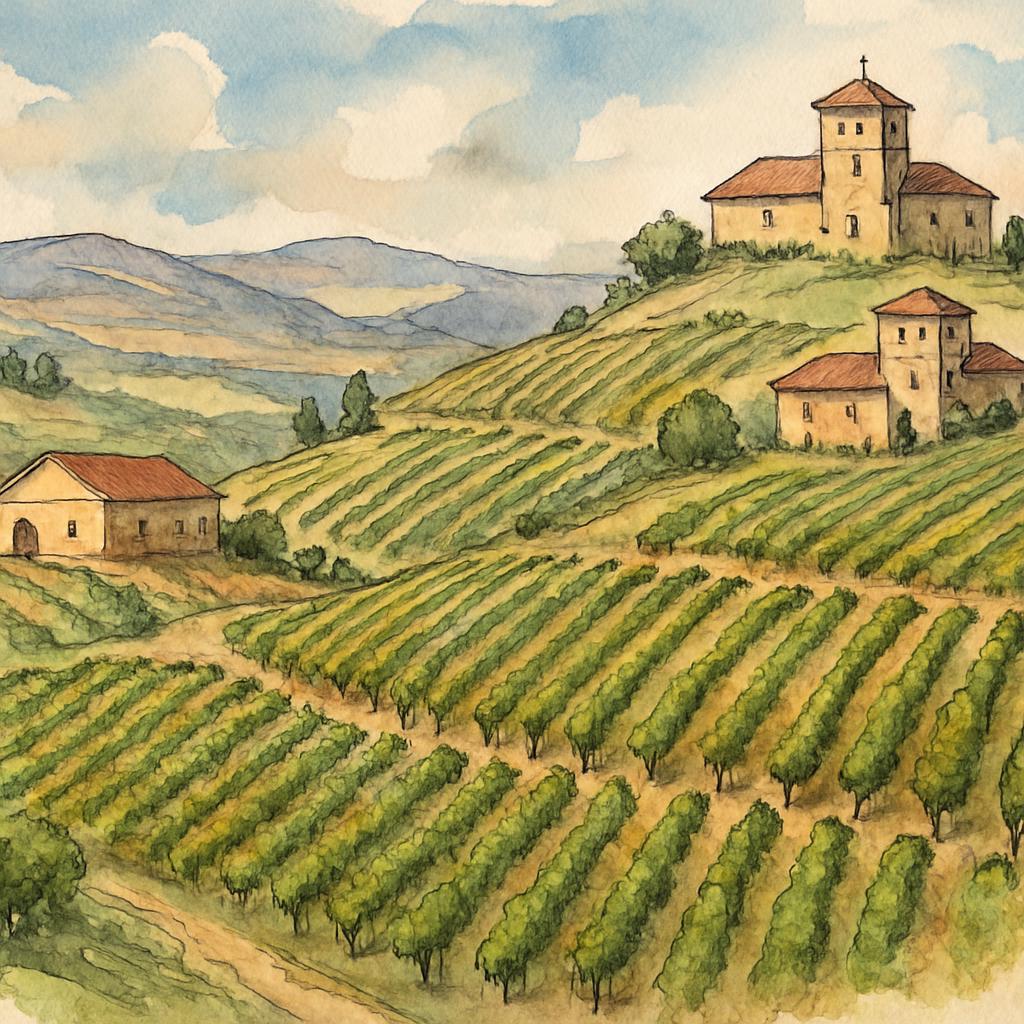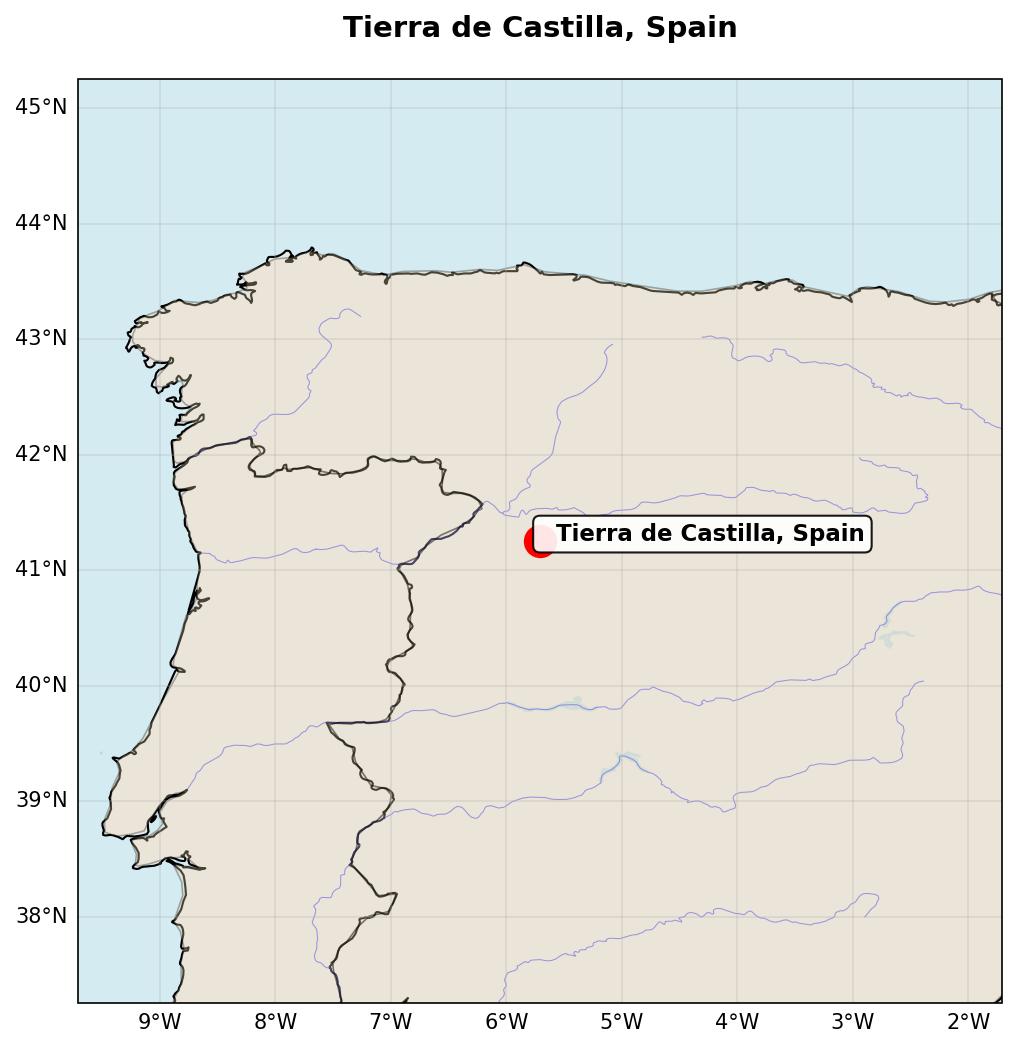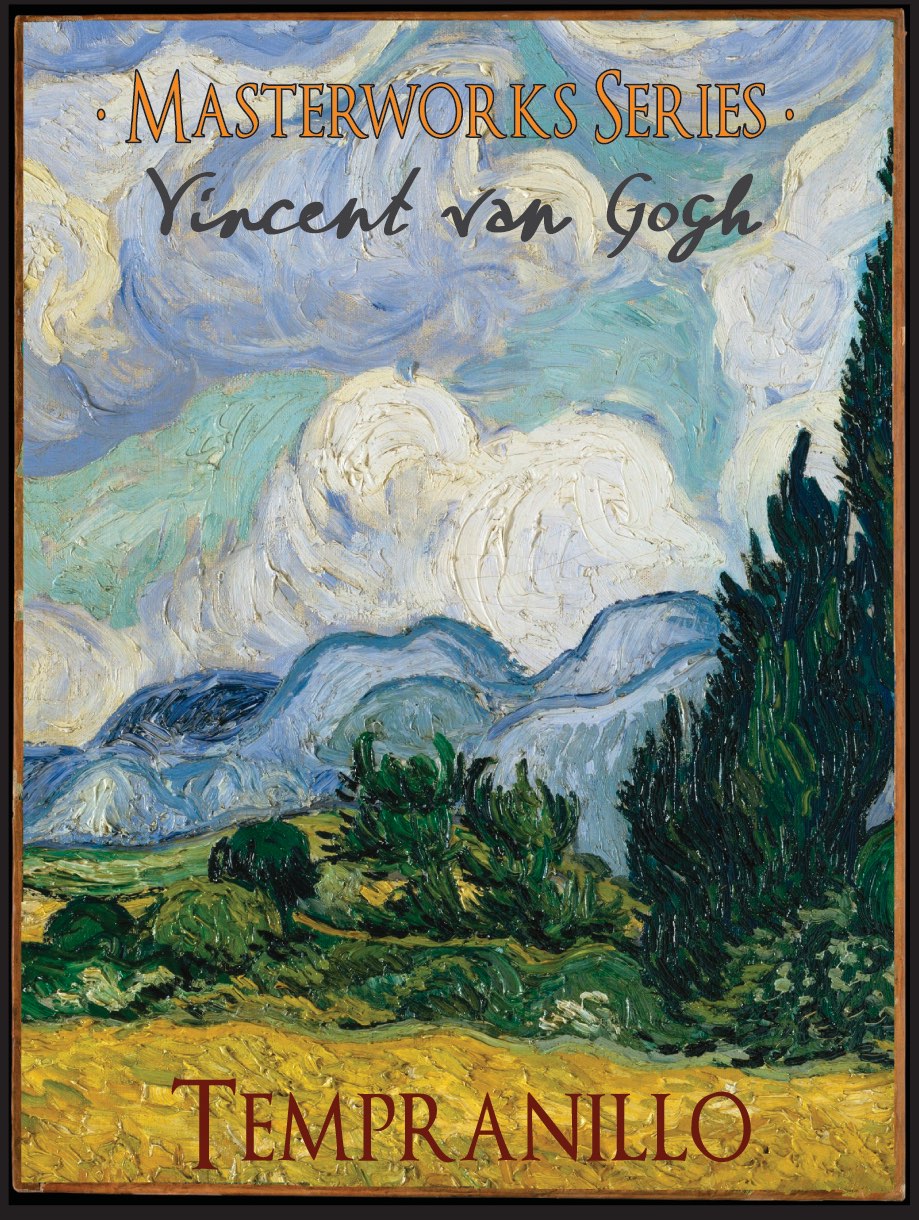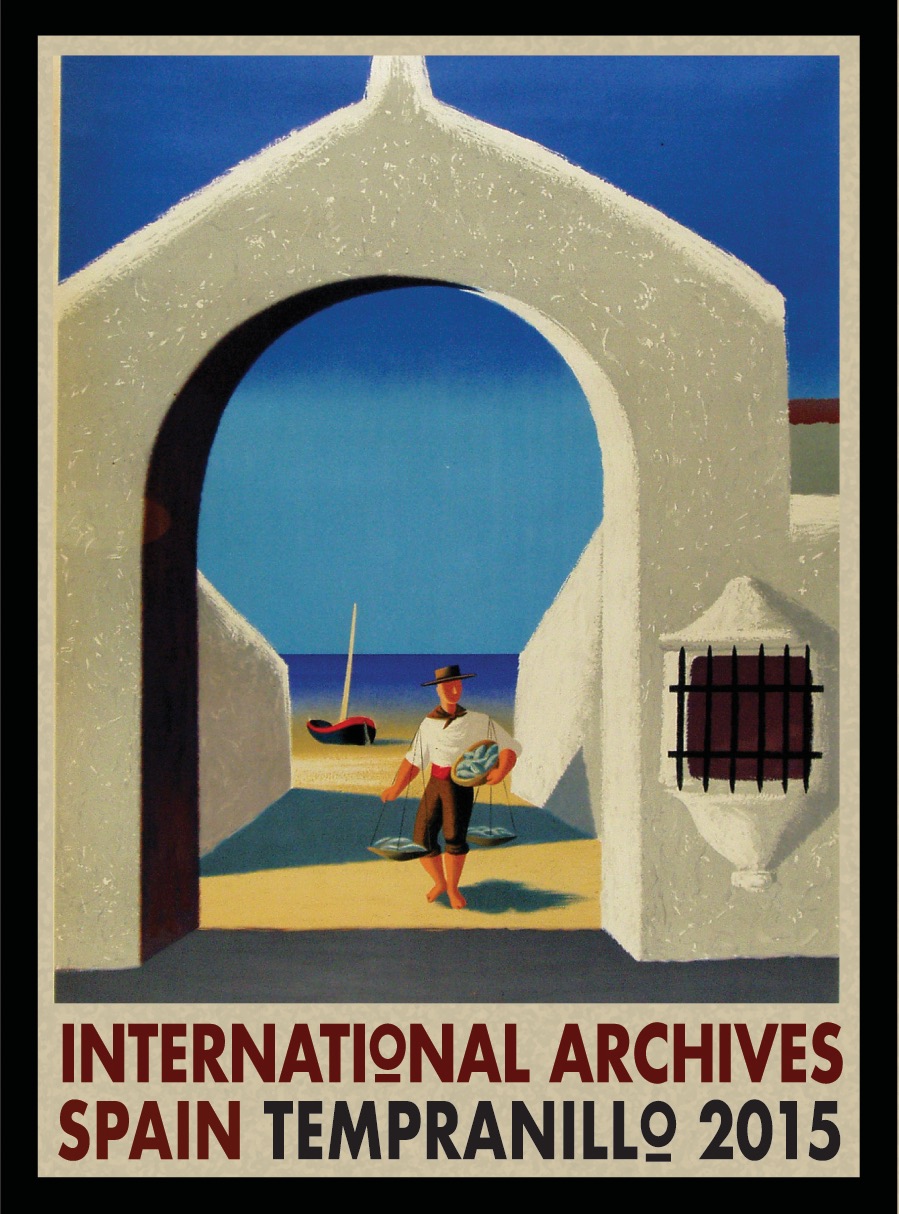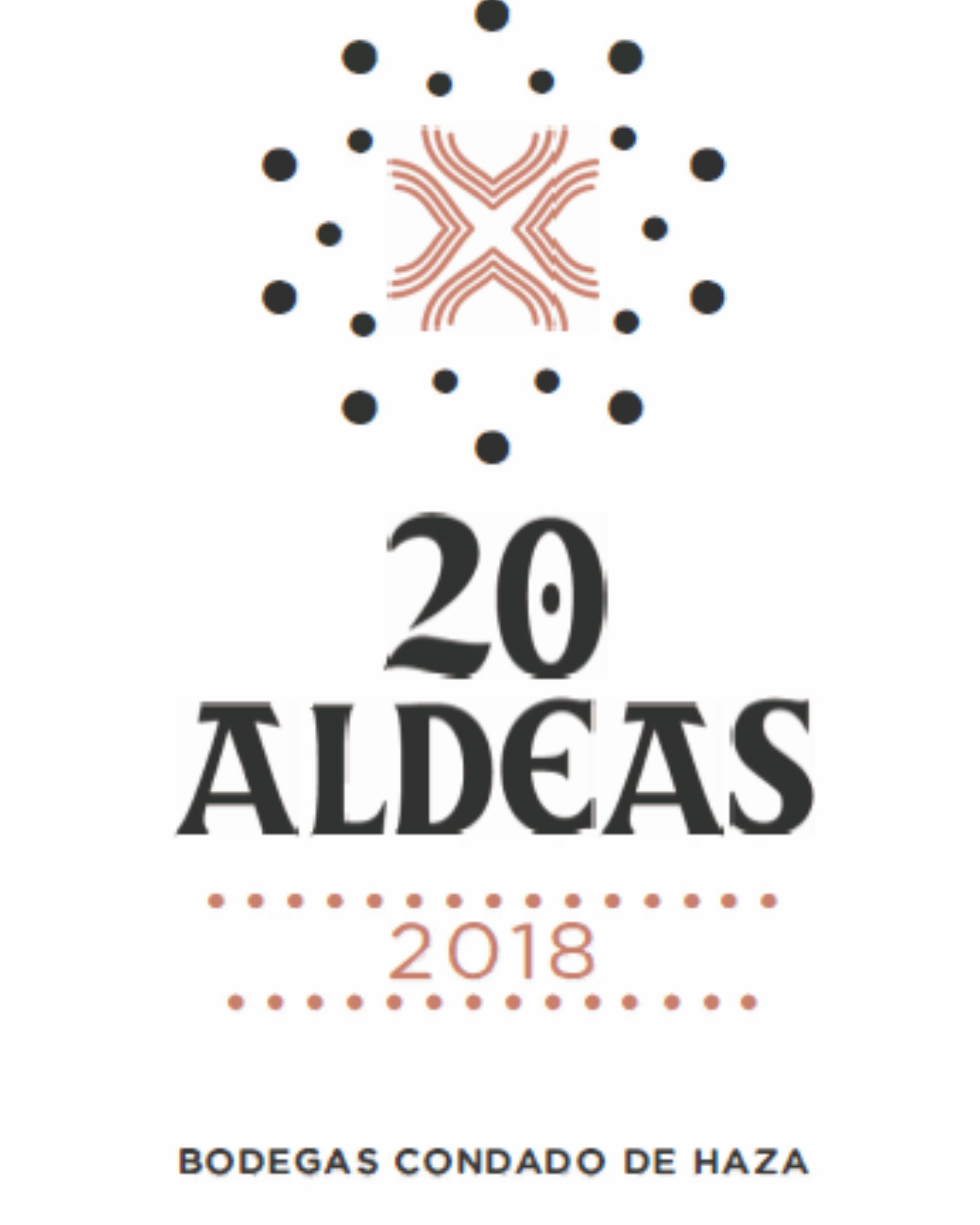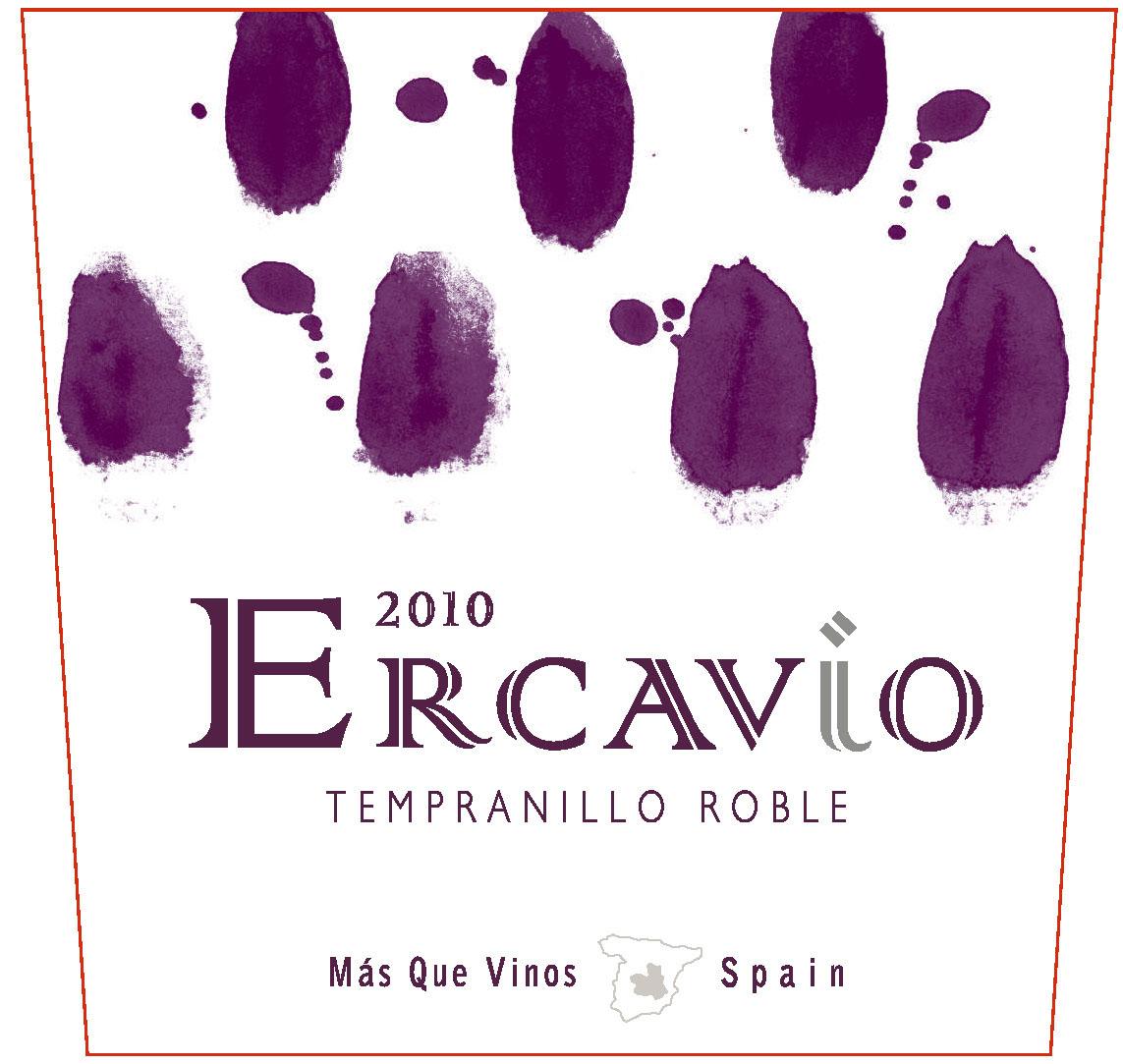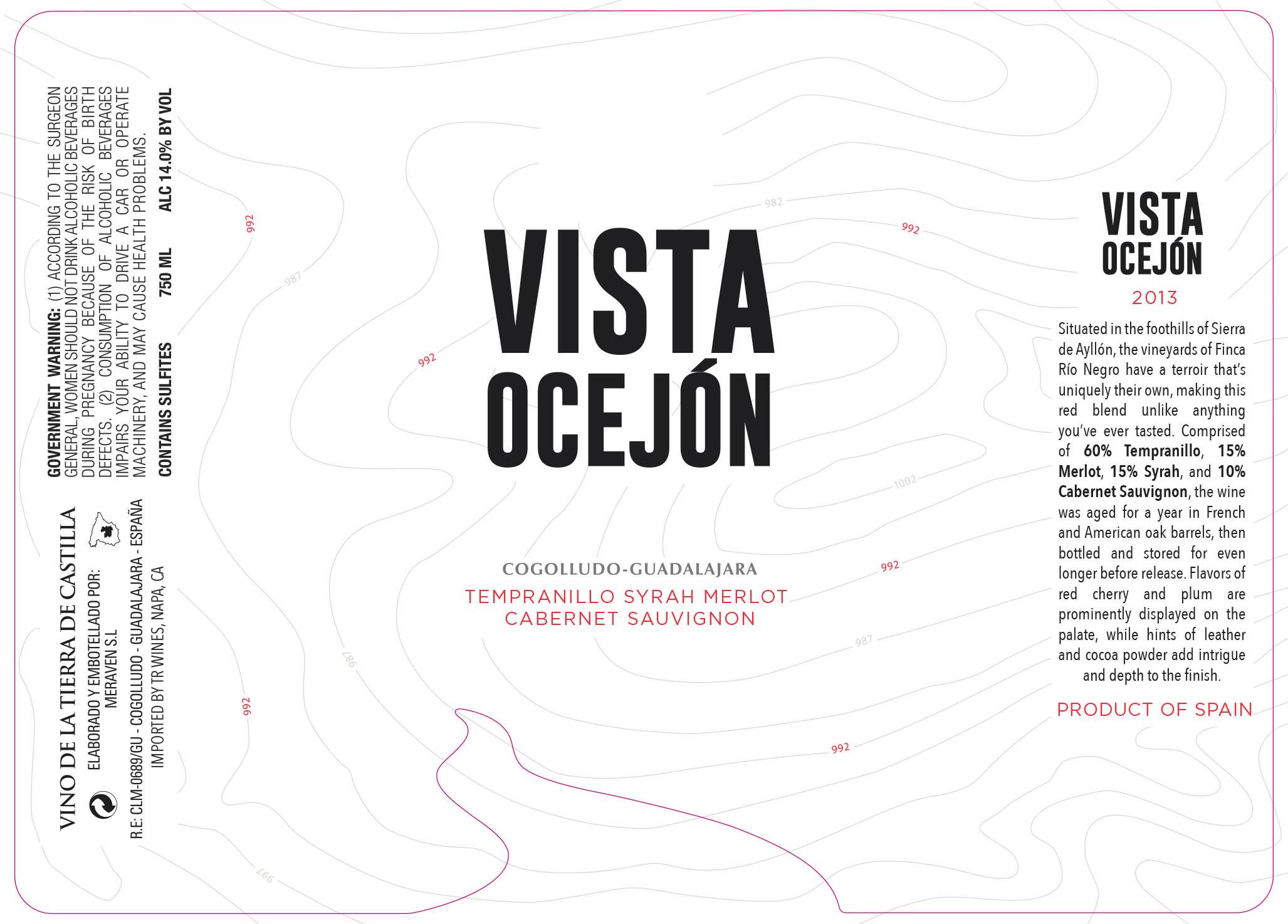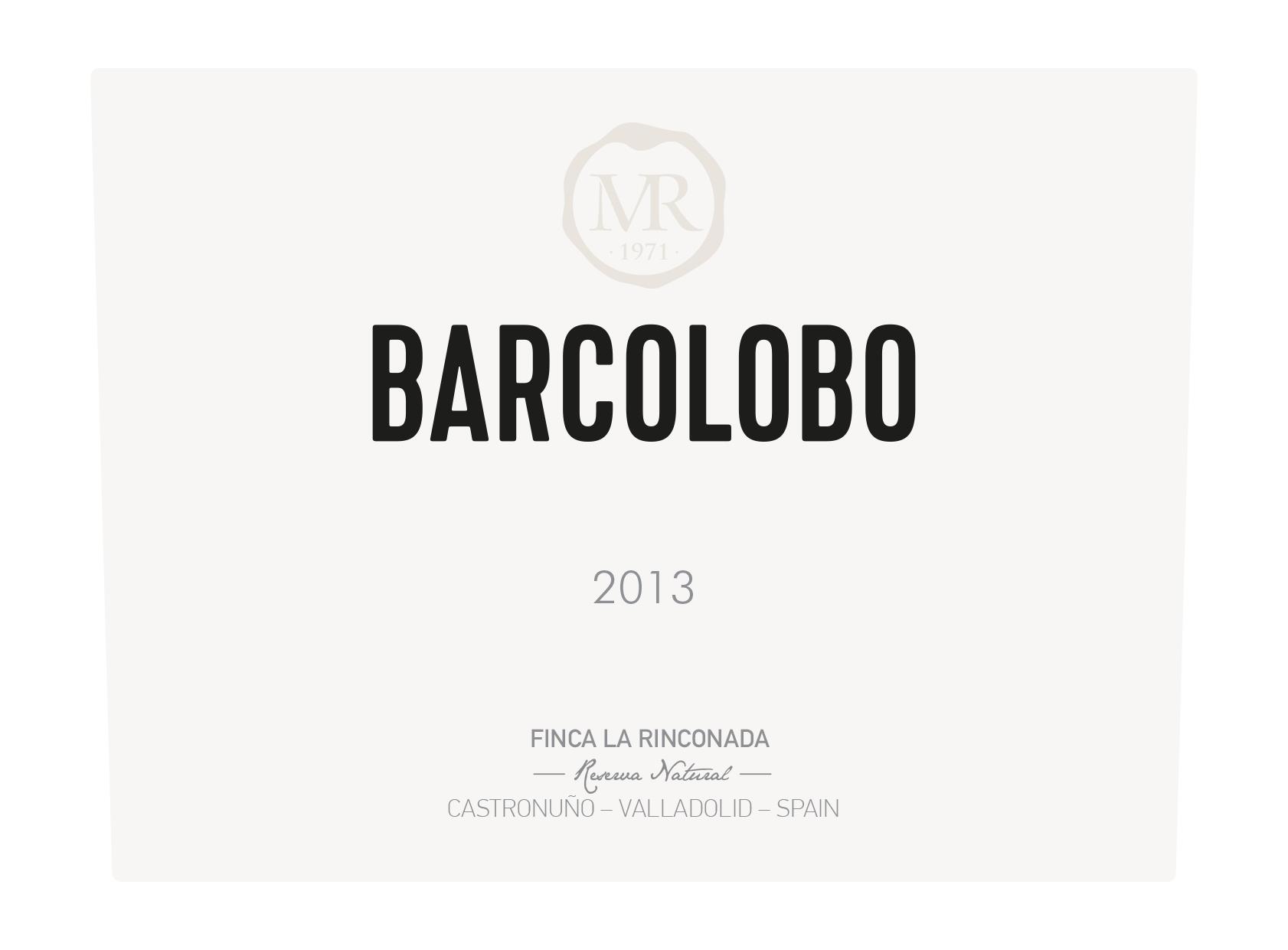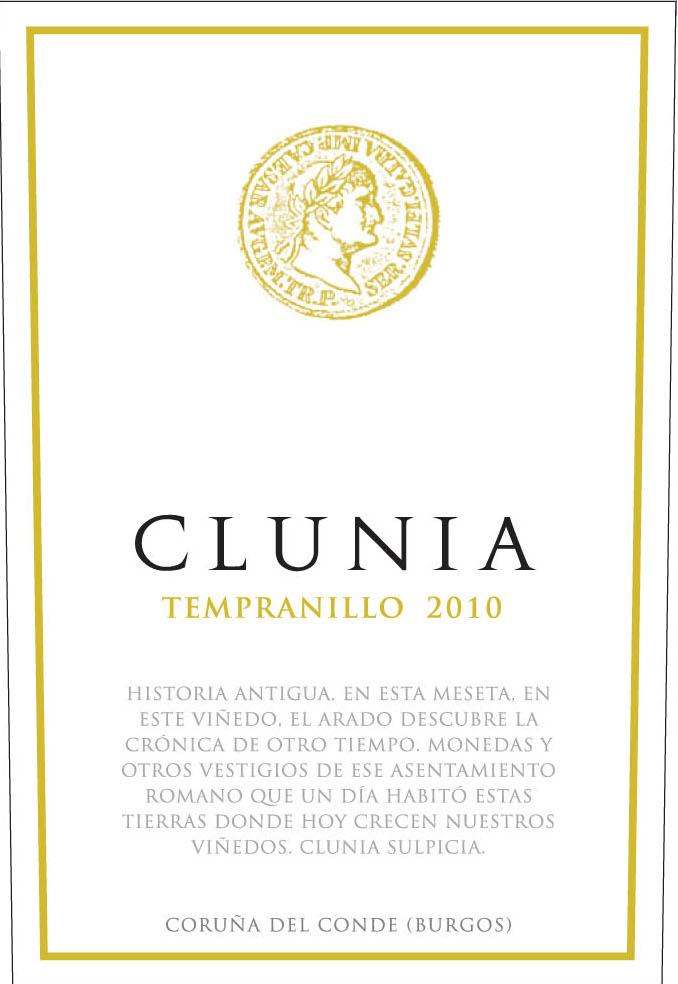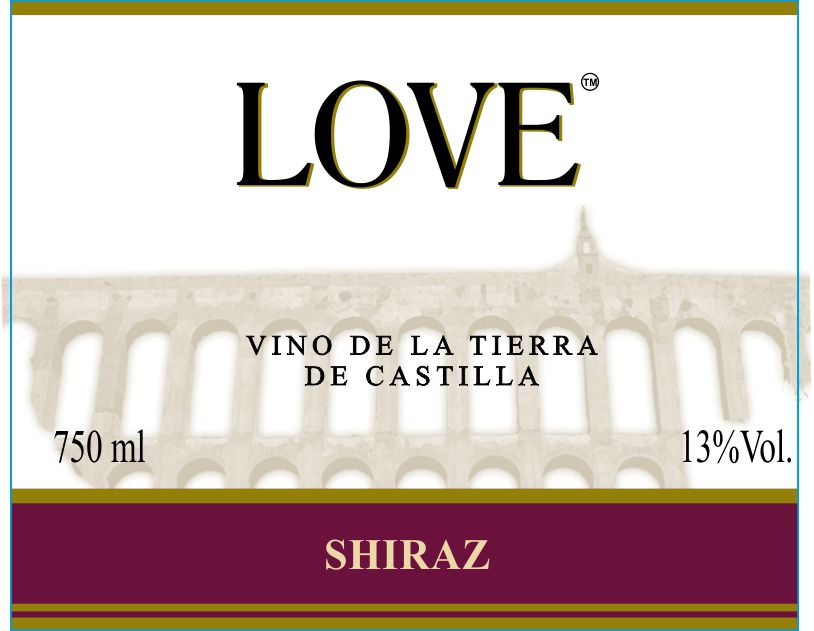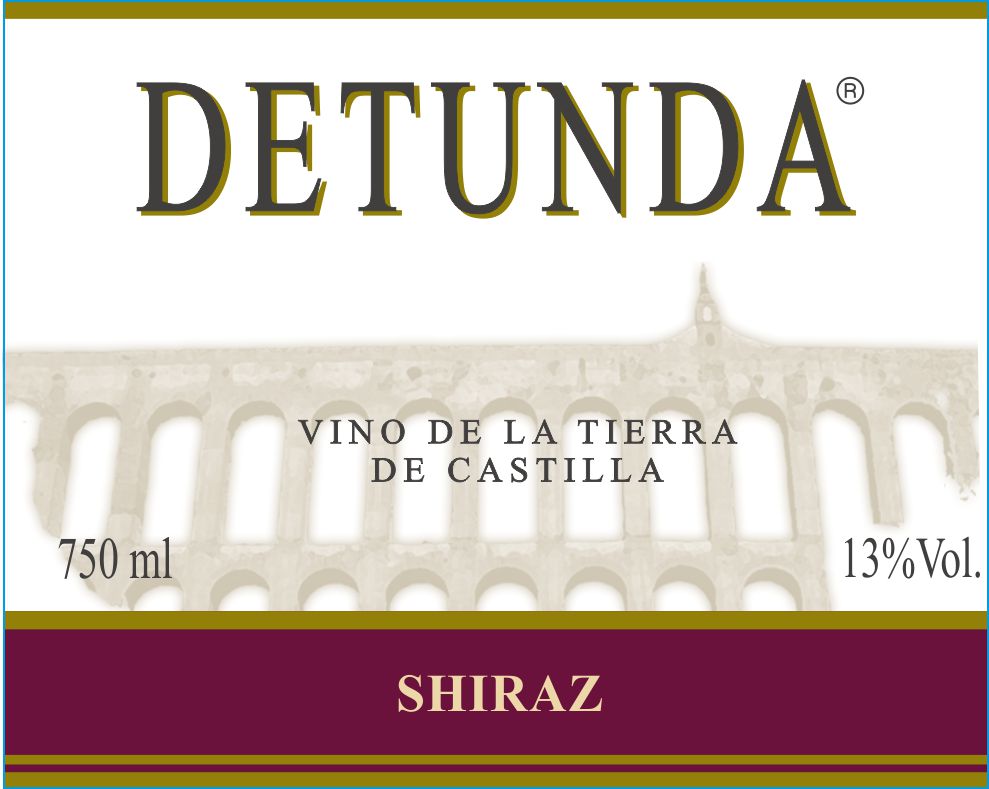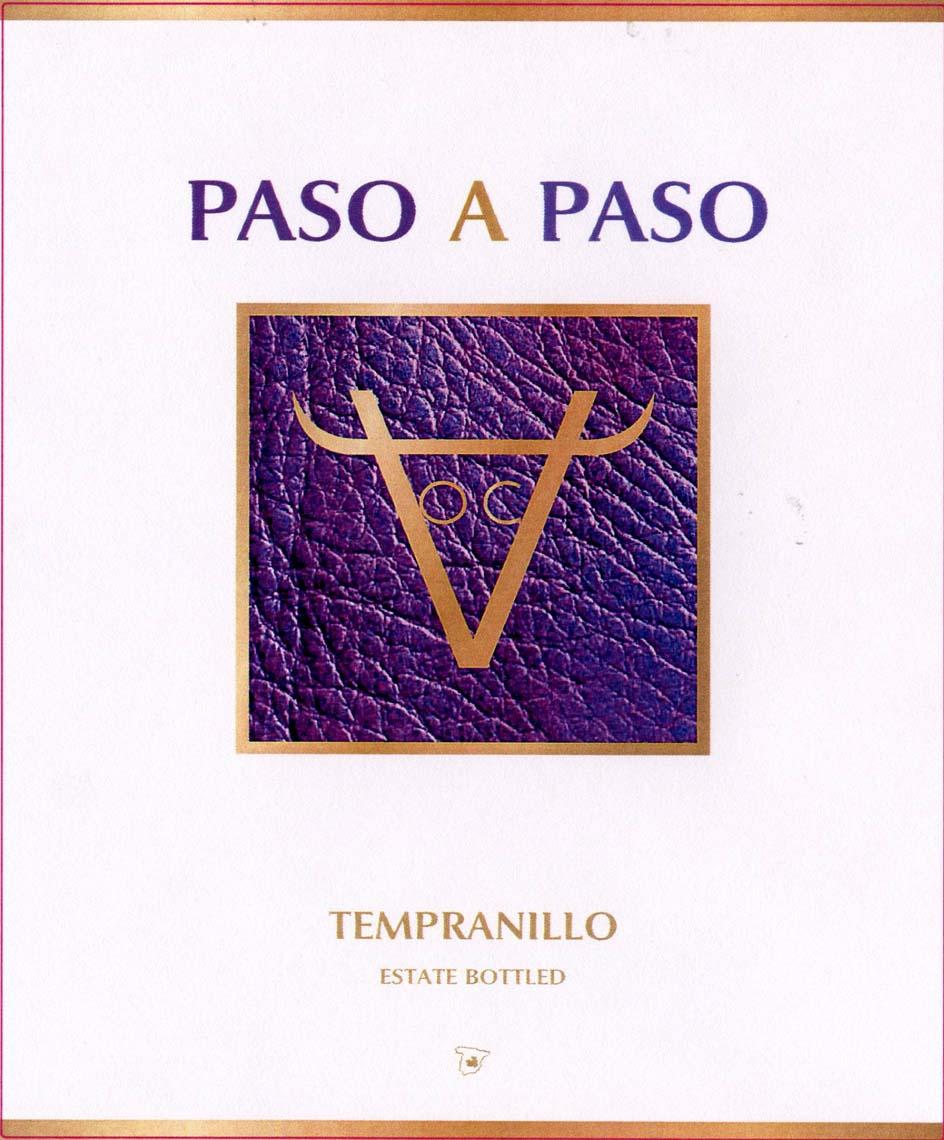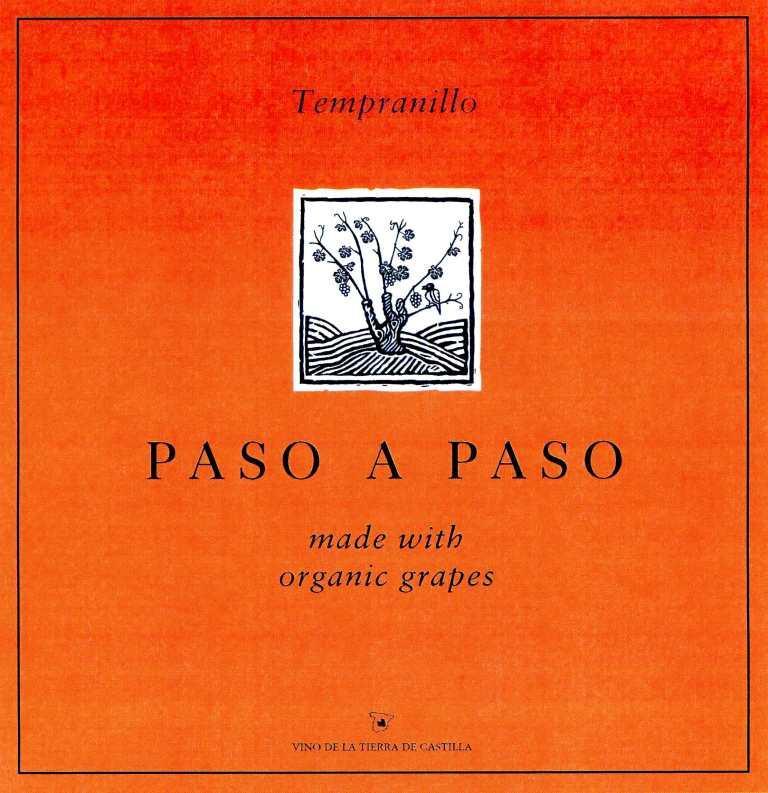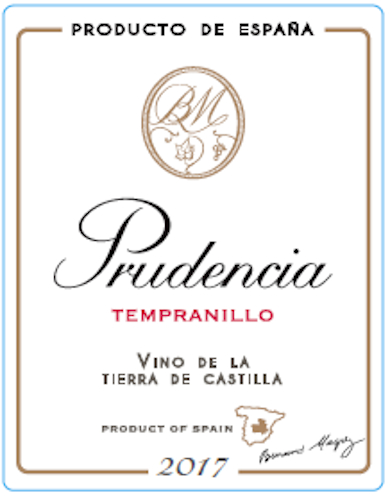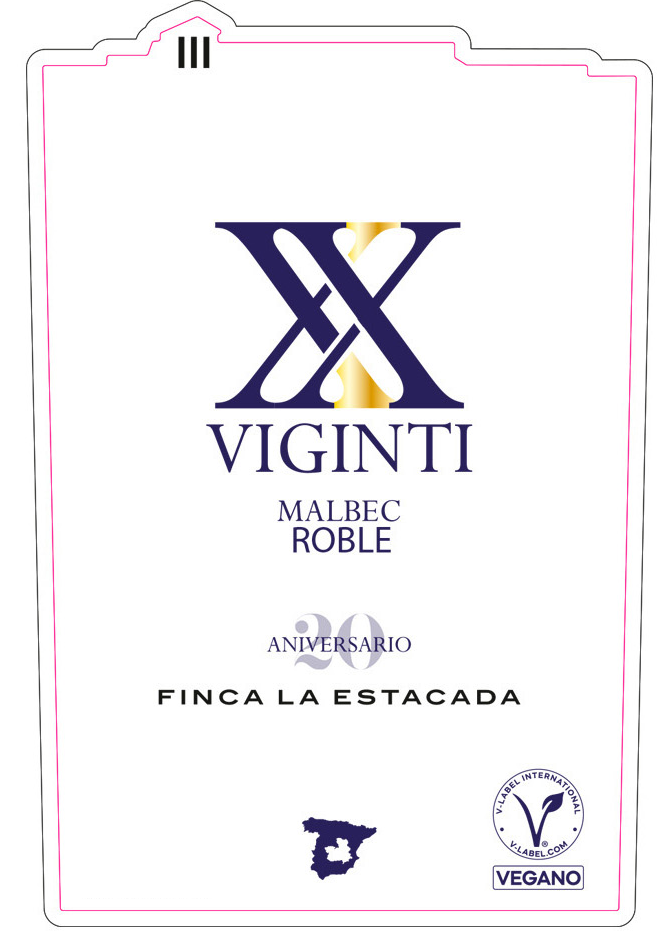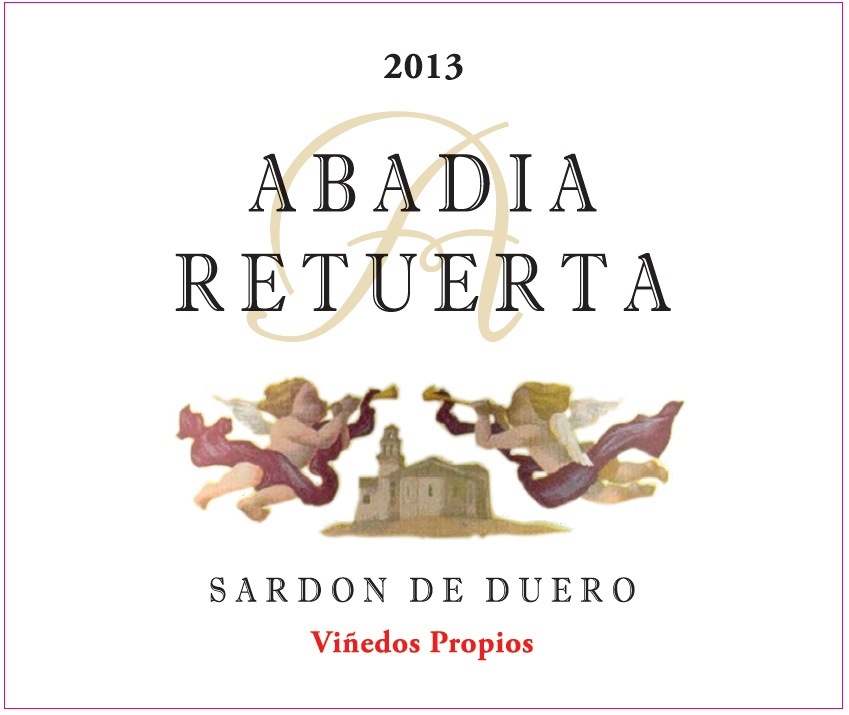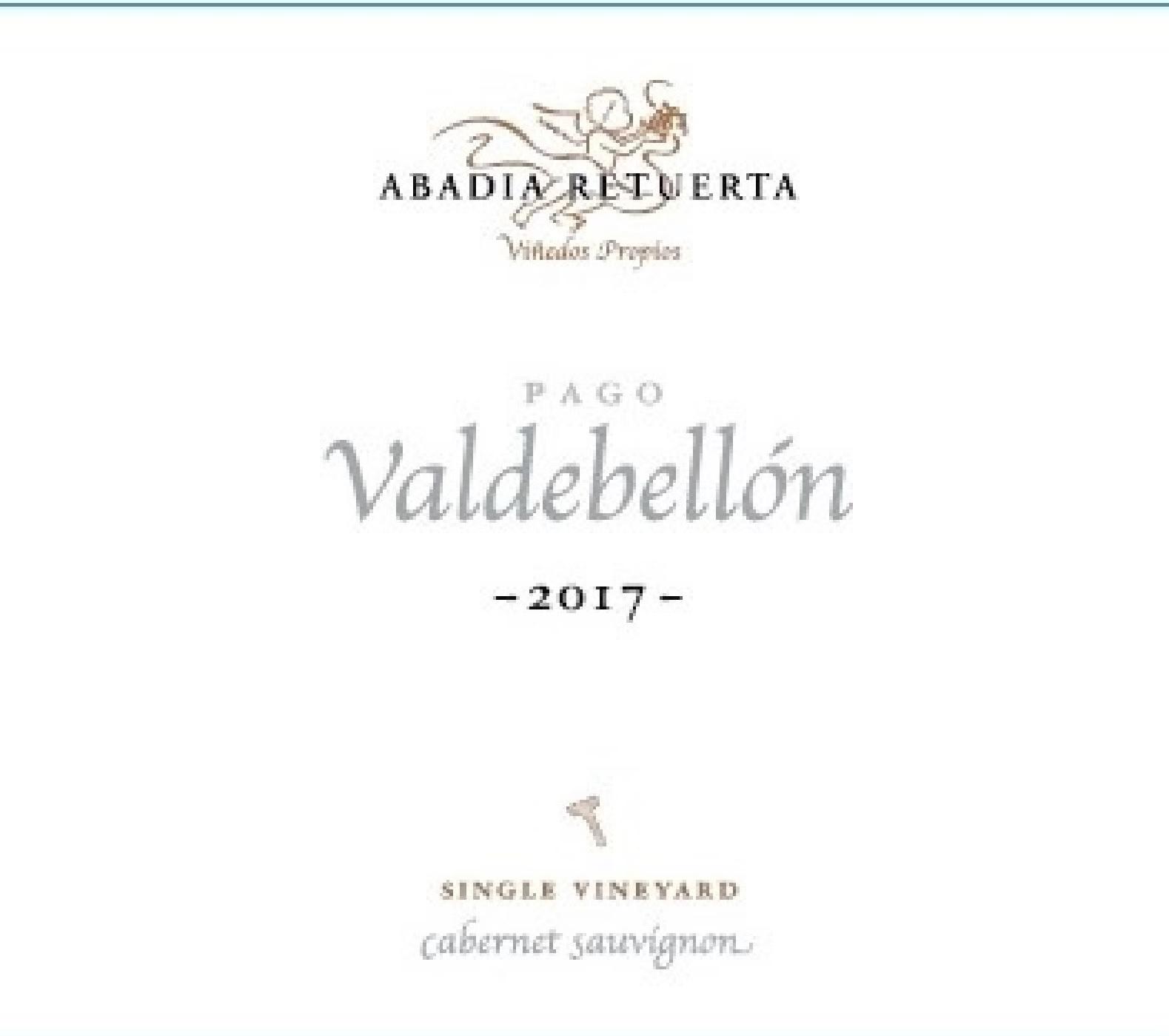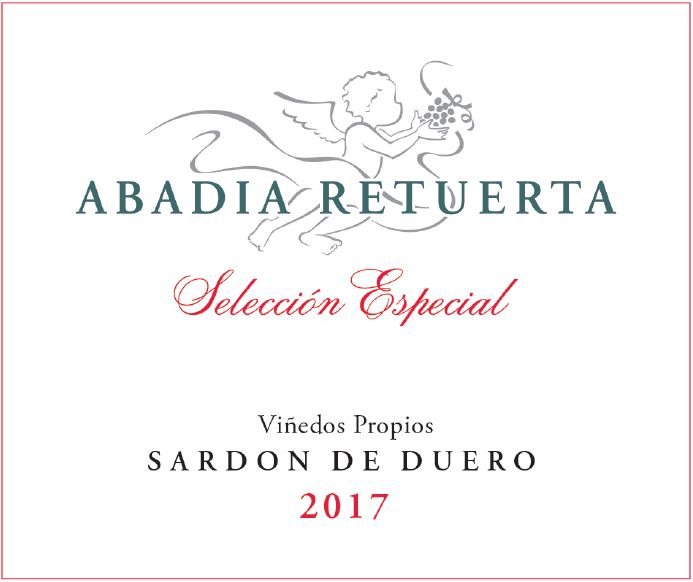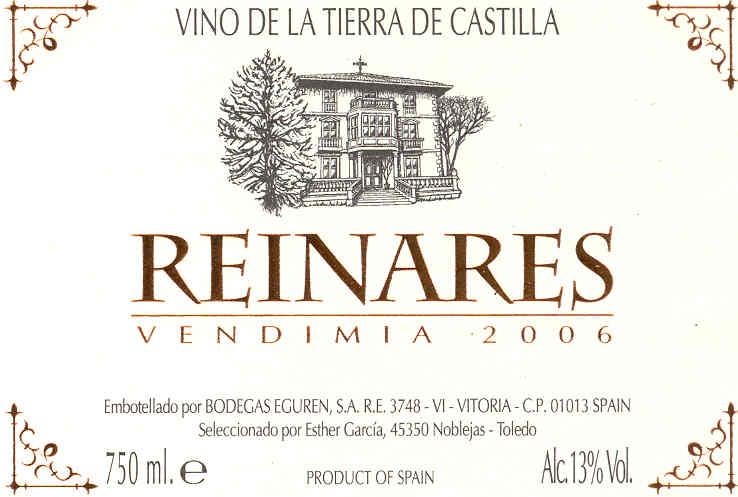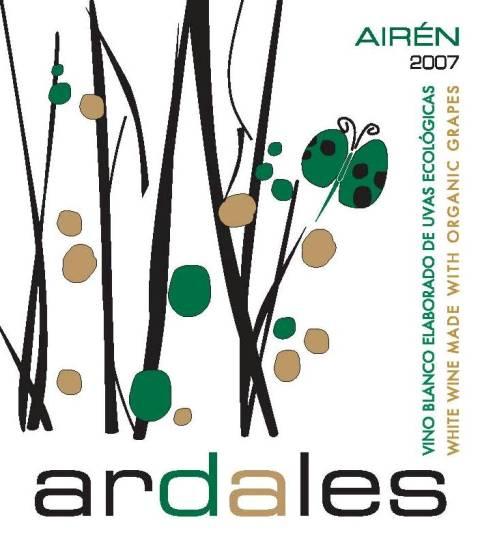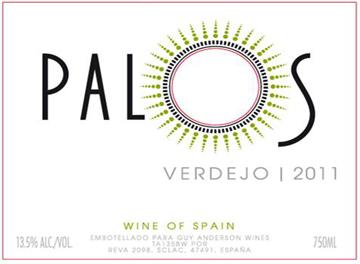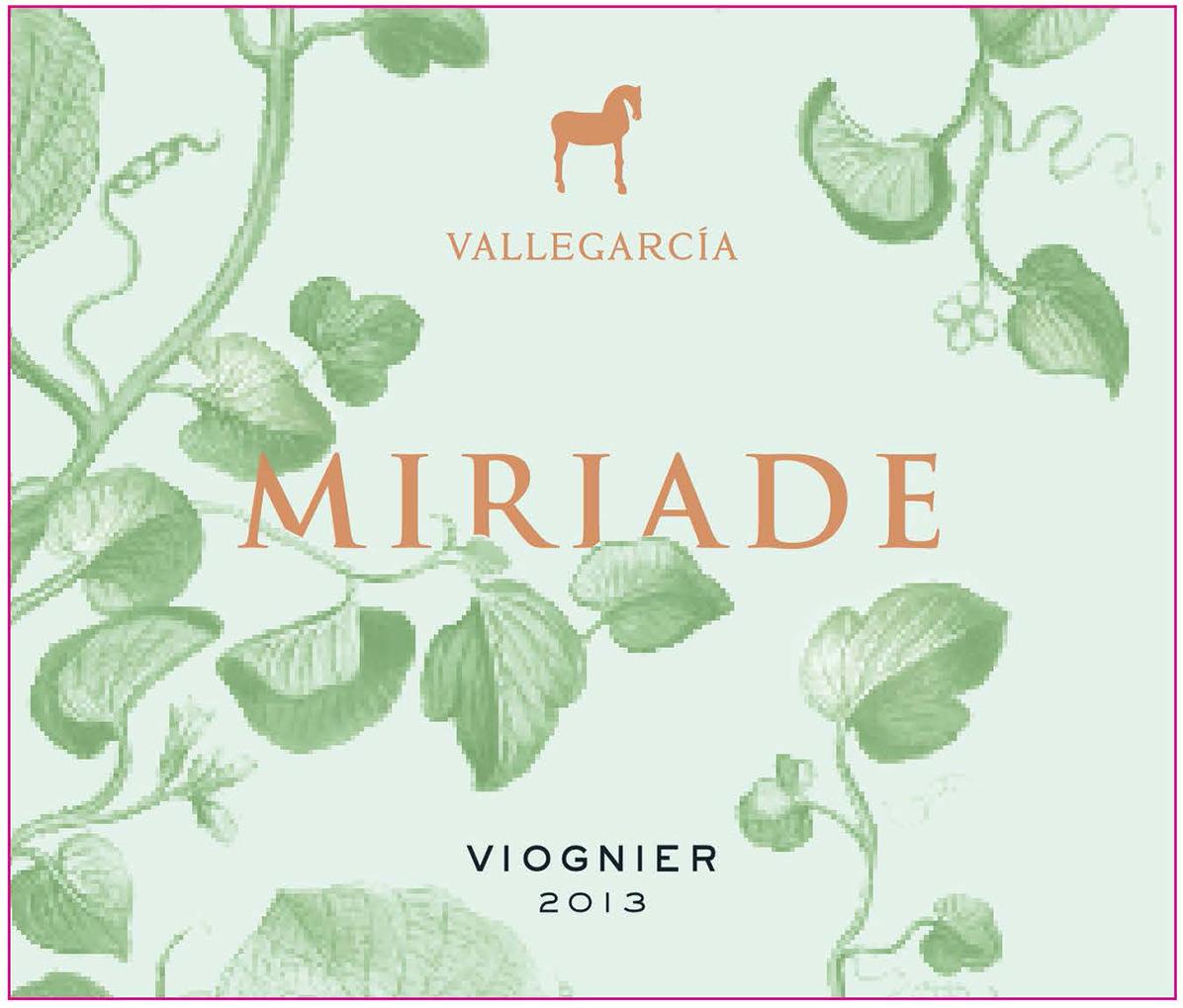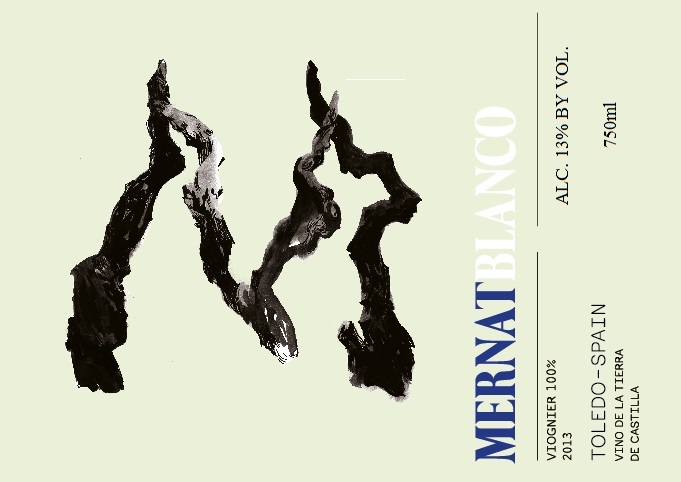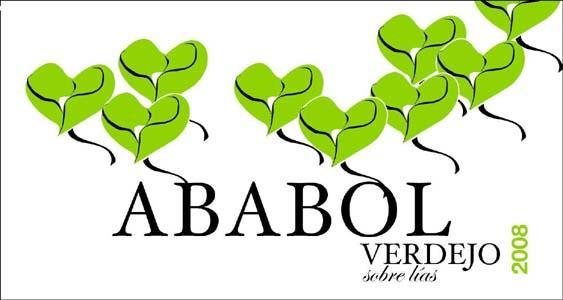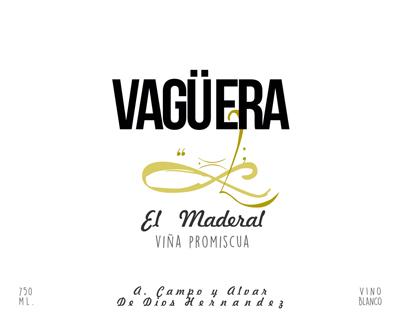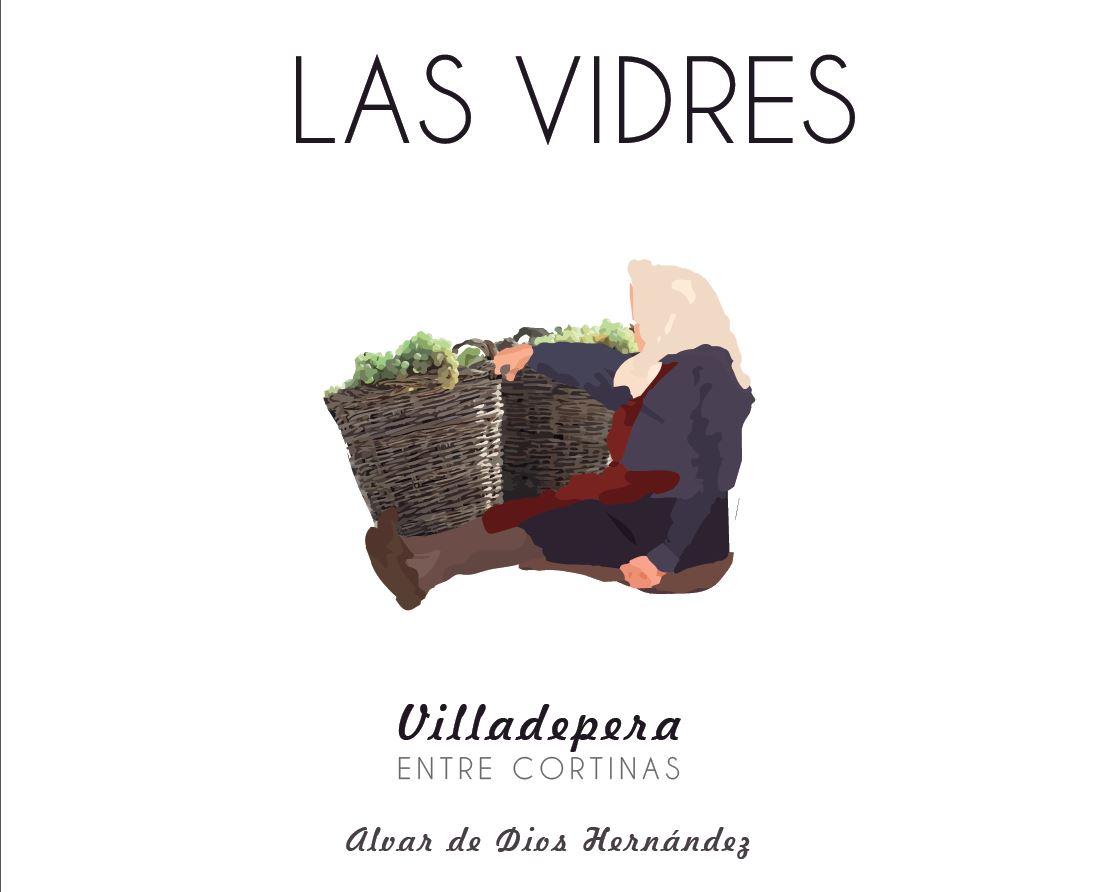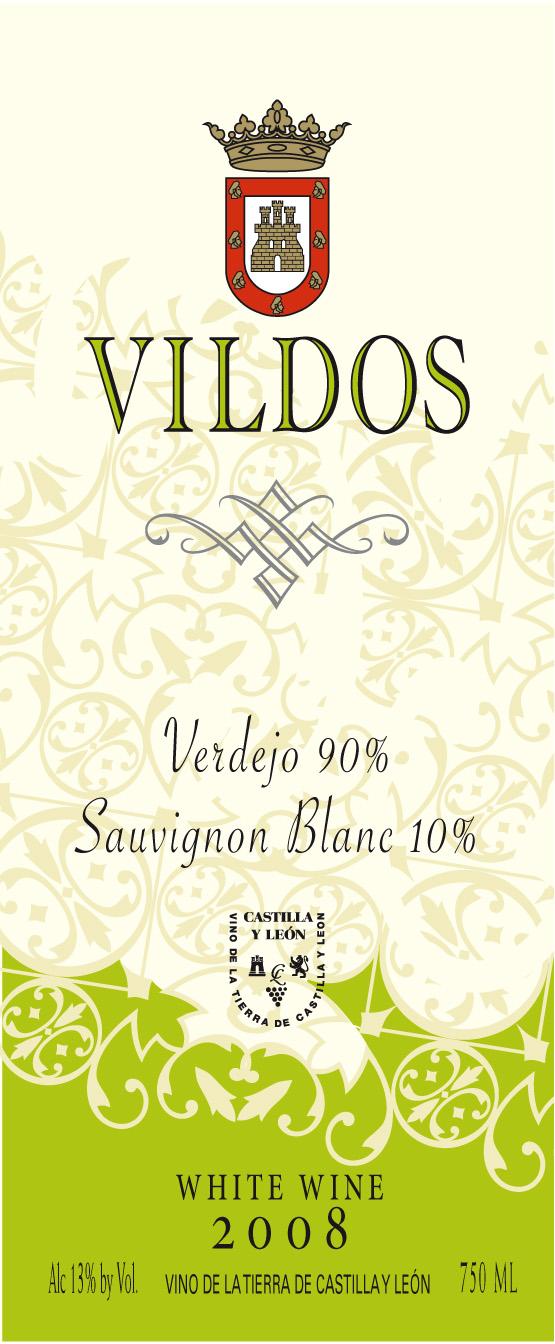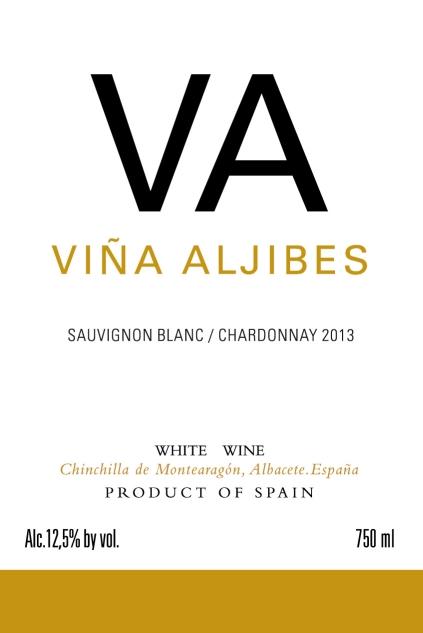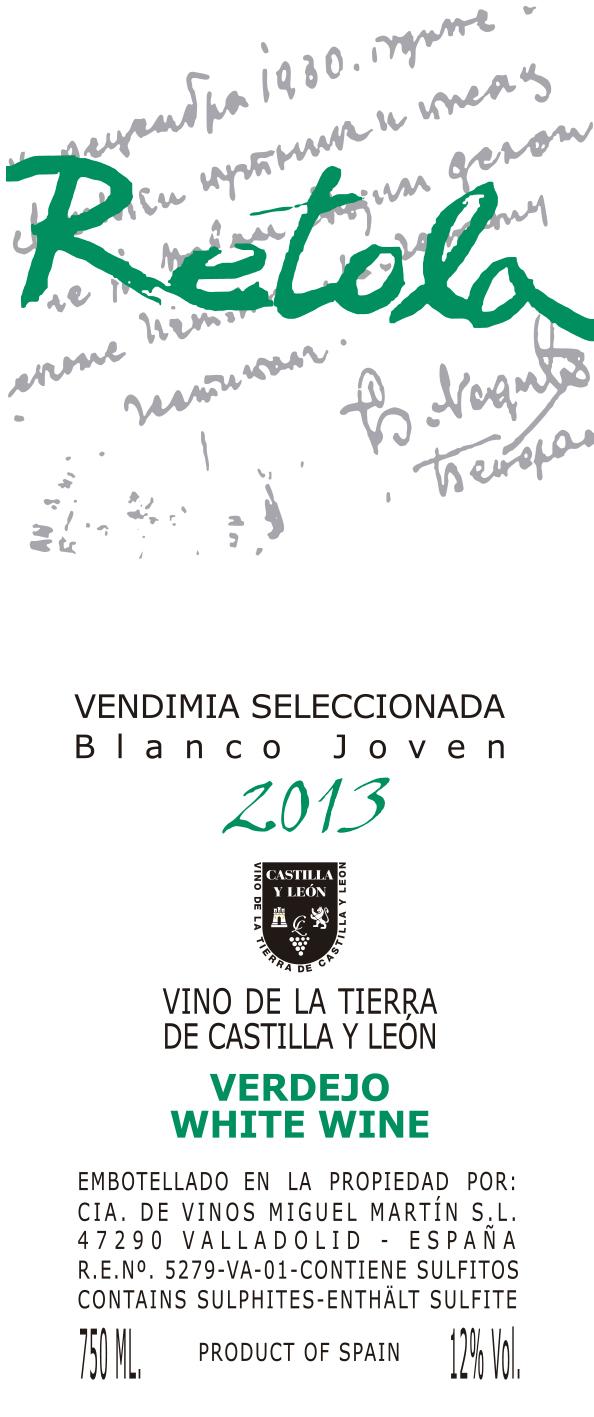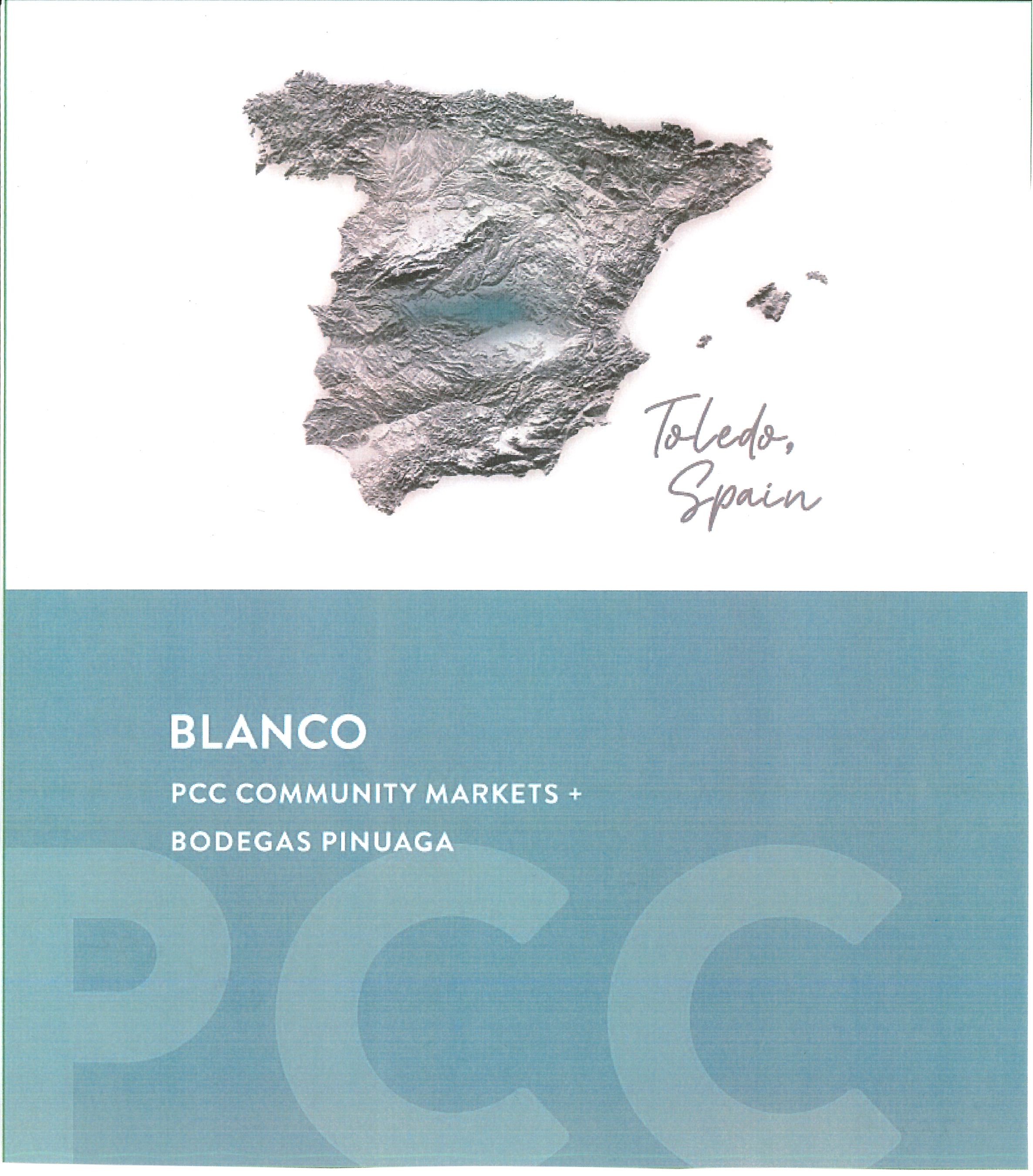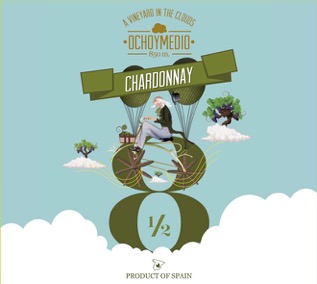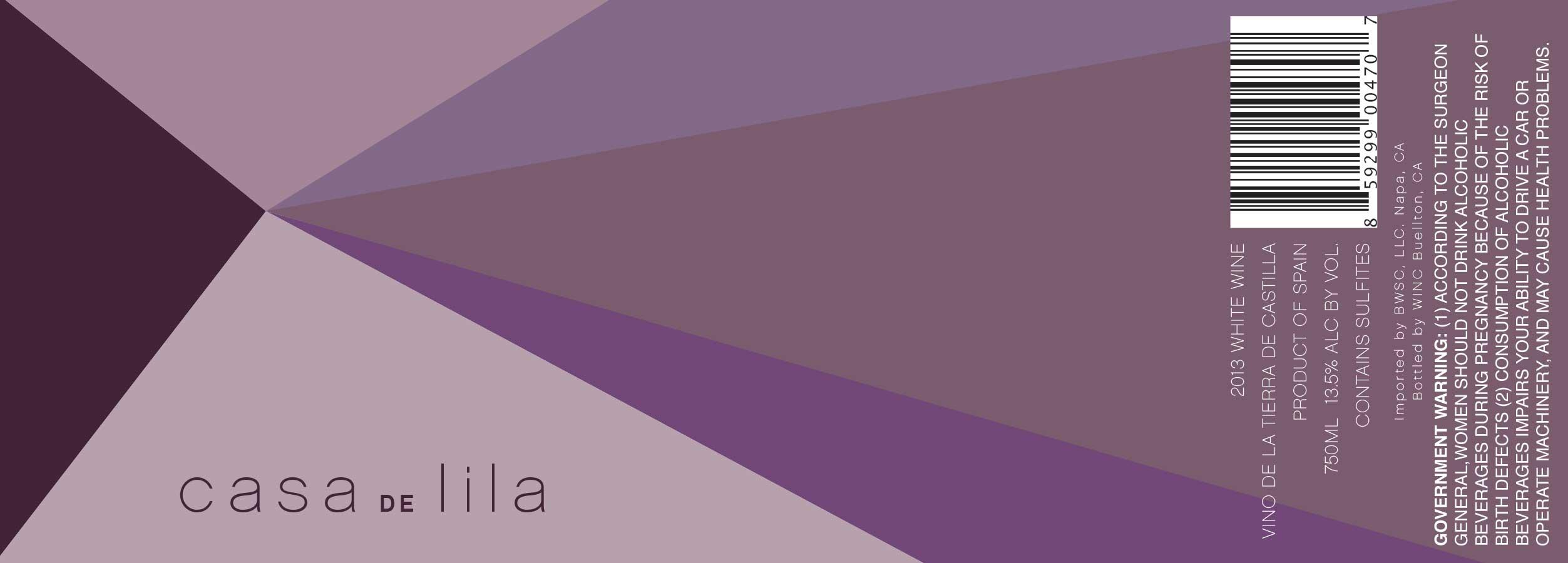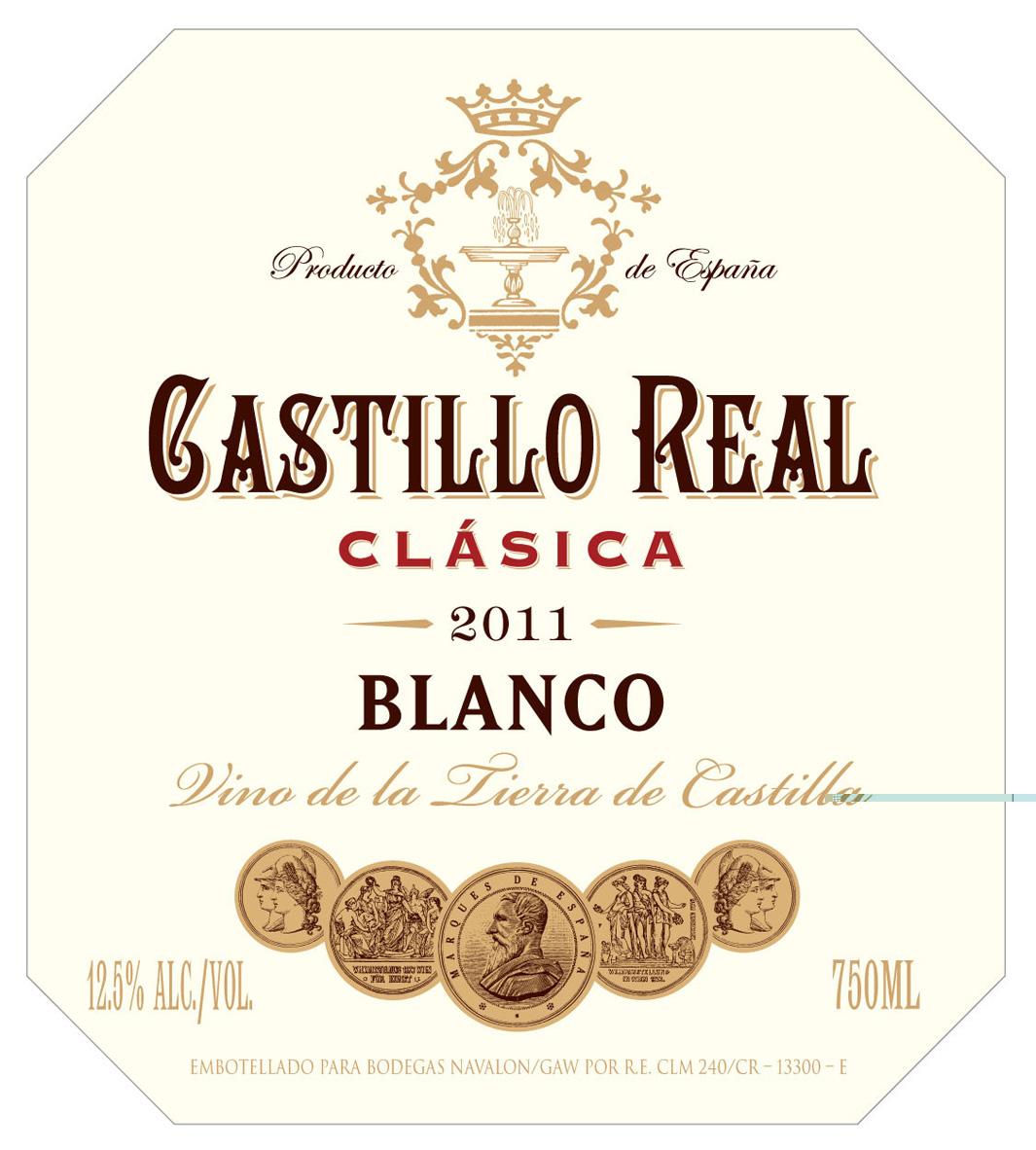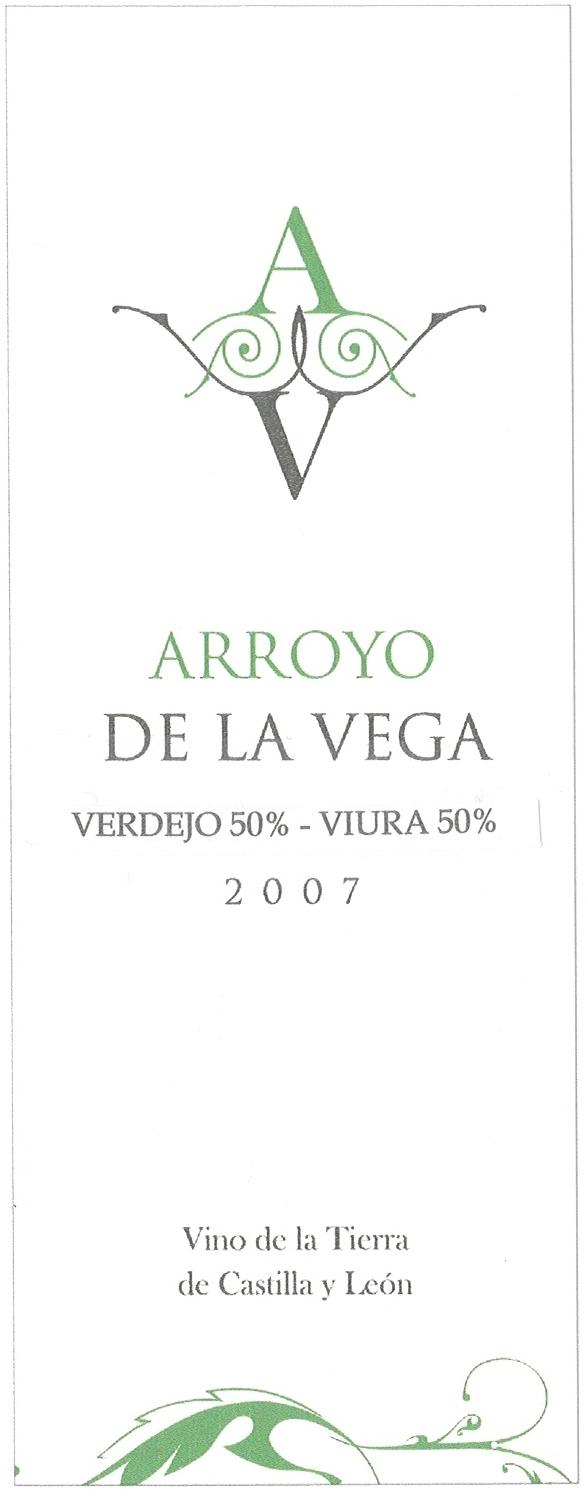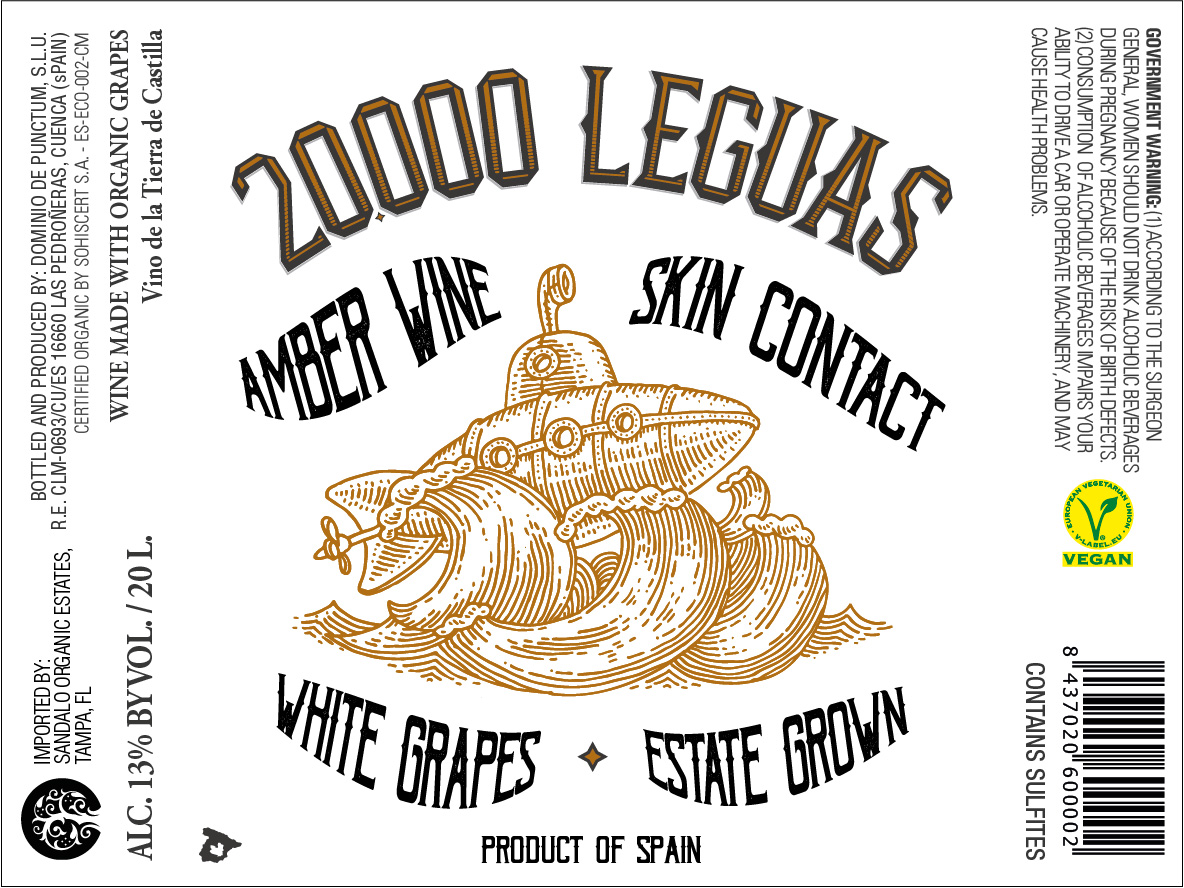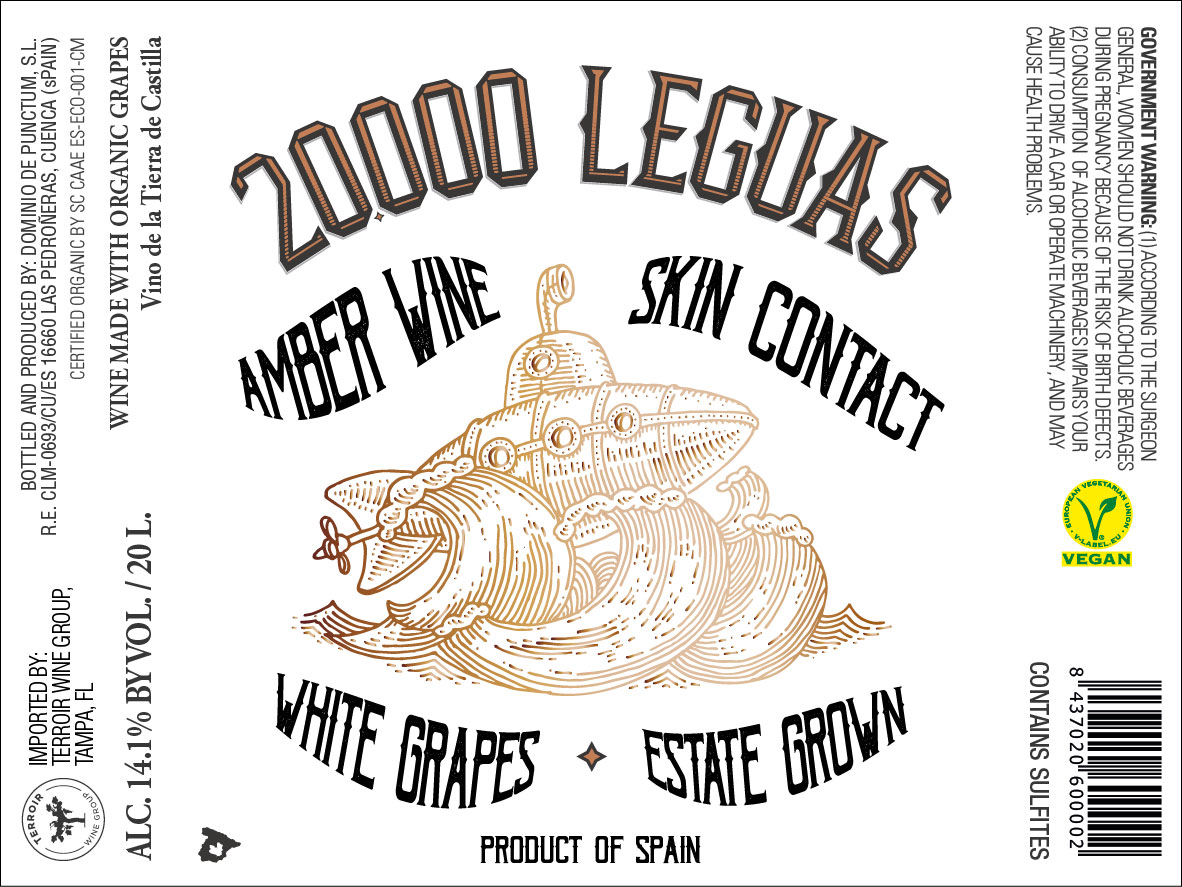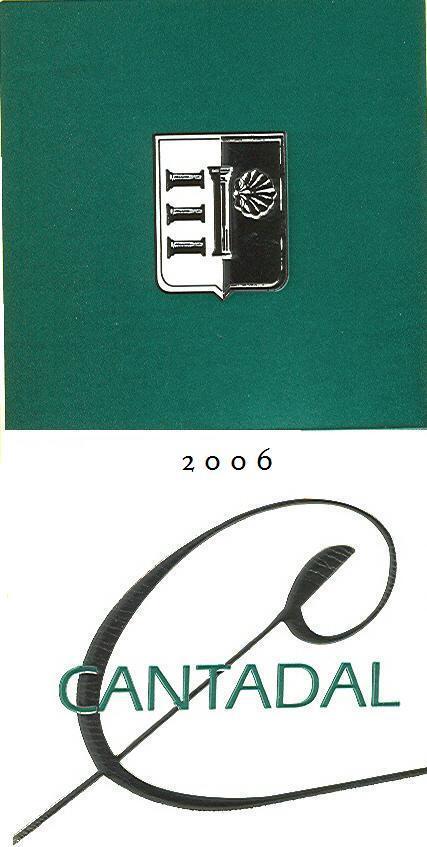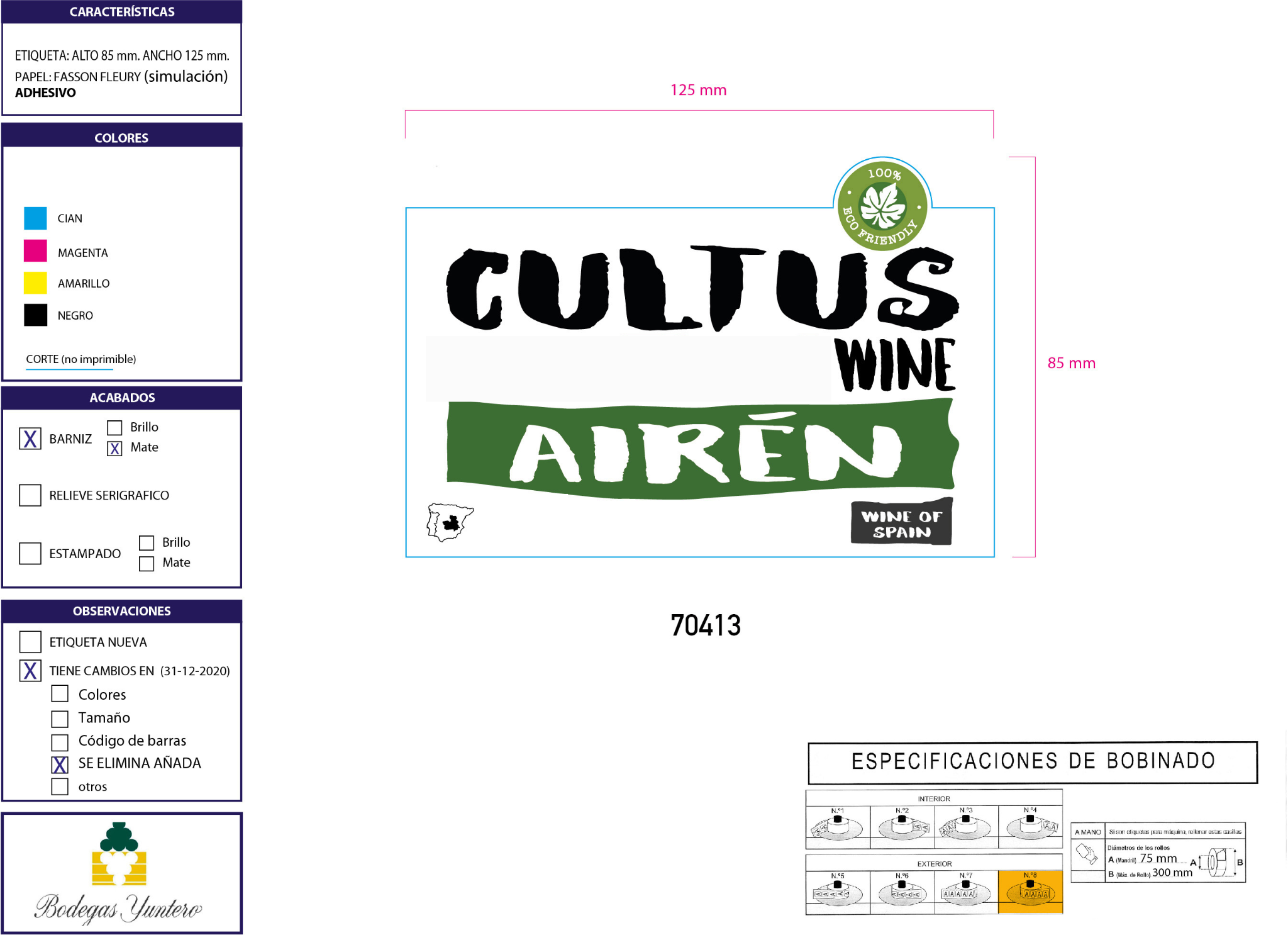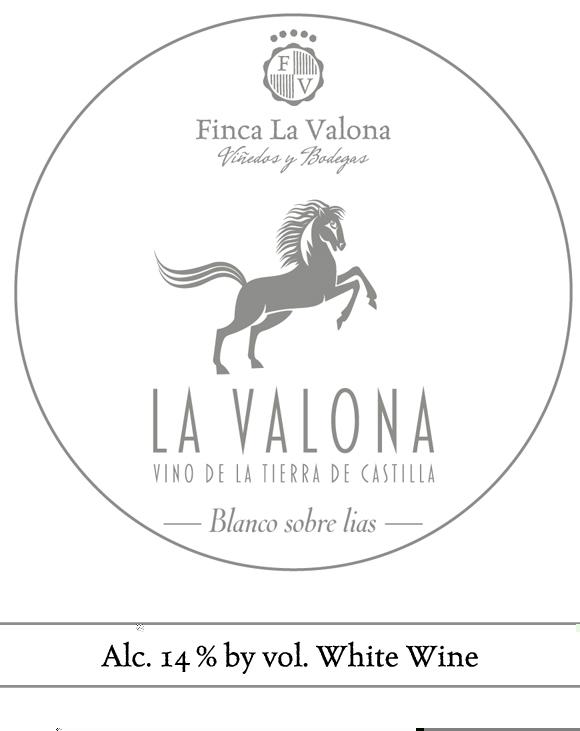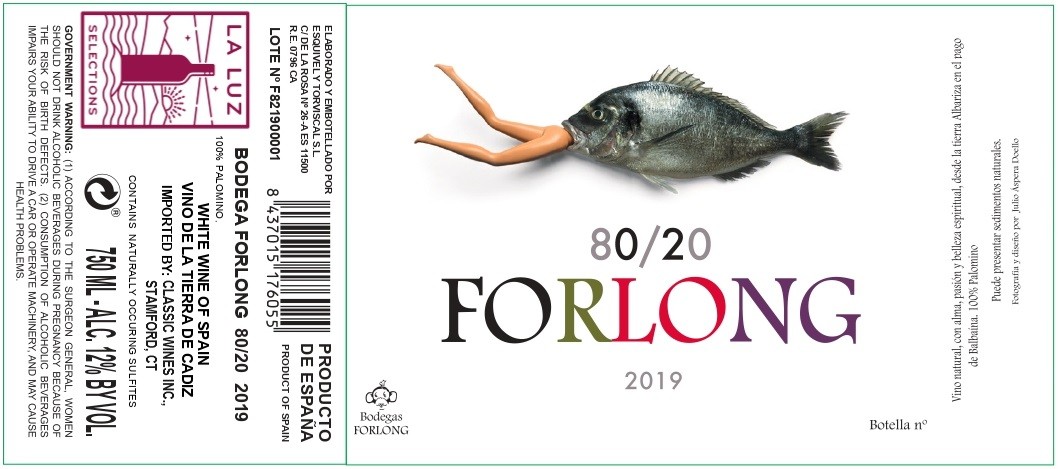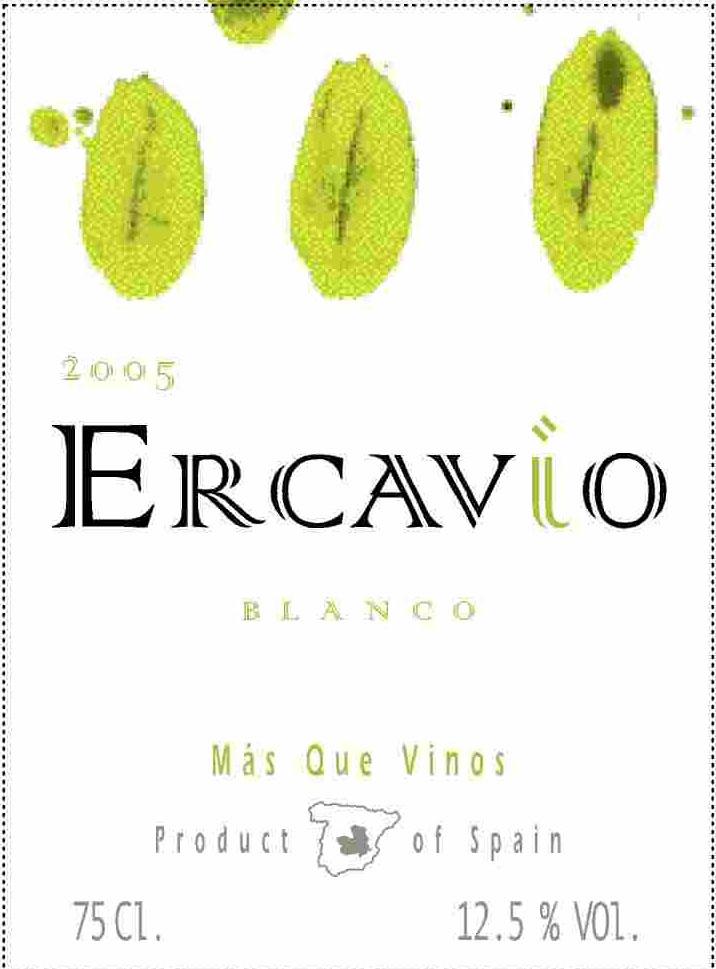Terroir of Tierra de Castilla
The Tierra de Castilla region has a mainly continental Mediterranean climate, with long, hot summers where temperatures often rise above 35°C, and cold winters that sometimes bring frost. Annual rainfall is low, between 300–400 mm. Vineyards, located at 700–900 meters, enjoy significant day-night temperature differences, helping to preserve grape acidity and lower disease risk.
The soils vary, mostly calcareous and low in fertility, with sandy or loamy topsoils over clay in the plains, and red clays and chalky subsoils in areas like Almansa. Higher elevations have stony and alluvial soils, encouraging deep-rooted vines with concentrated flavors. The western areas face drier, hotter conditions, while the eastern and northern parts experience cooler nights and slightly more rainfall, resulting in fresher, aromatic wines.
Notable Wineries in Tierra de Castilla
Tierra de Castilla, with its expansive vineyards and rich winemaking traditions, hosts several notable wineries that stand out for their quality and character. Among these are:
-
Bodegas Cañaveras: A family-owned gem in Cuenca province, known for crafting exceptional reds and whites under the Tierra de Castilla label.
-
Finca La Estacada: Nestled near Cuenca, this estate is a wine tourism favorite, specializing in robust reds from Tempranillo and Cabernet, as well as refreshing Sauvignon Blanc.
-
Finca Río Negro: Located at high altitude near Cogolludo in Sierra Norte de Guadalajara, this winery produces reds that are both intense and elegantly fresh.
-
Bodegas Los Aljibes: Positioned near Chinchilla in Albacete, known for its high-quality rosés and Tempranillo-based wines, this estate is a testament to regional excellence.
Sustainable Winemaking in Tierra de Castilla
In Castilla-La Mancha, a significant portion of the vineyards proudly embrace sustainable practices, echoing the region’s commitment to preserving its vast, sunlit landscapes. The dry, sunny climate naturally deters diseases, allowing many growers to adopt organic and biodynamic viticulture. Water management is crucial, with vineyards often relying on natural rainfall, while implementing efficient drip irrigation when necessary to nurture young vines.
To enhance soil health and biodiversity, cover cropping and minimal tillage are widespread, helping reduce chemical use. Many wineries are turning to renewable energy sources like solar power and opting for lighter packaging to minimize carbon emissions.
Regional initiatives actively support sustainability certifications, encouraging a collective focus on eco-conscious winemaking. This dedication ensures that Castilla-La Mancha's wines not only capture the essence of the land but also contribute to a more sustainable future.
Wine Tourism in Tierra de Castilla
Wine tourism in Tierra de Castilla offers a rich blend of cultural and sensory experiences. Wineries like Finca La Estacada invite visitors to enjoy tastings paired with local delicacies such as Manchego cheese. The Ruta del Vino de La Mancha connects various vineyards, perfect for self-drive or cycling tours under sunny skies.
This journey is enhanced by visits to medieval castles and Don Quixote windmills, offering a taste of regional history and culture. Festivals like FENAVIN and local harvest events celebrate the winemaking tradition with opportunities to sample new vintages.
The region’s natural beauty is complemented by rural guesthouses that combine wine tasting with outdoor adventures. This holistic approach to wine tourism highlights the region's commitment to sustainability and tradition, offering an enriching experience for all visitors.
